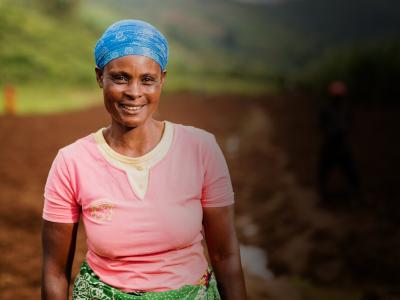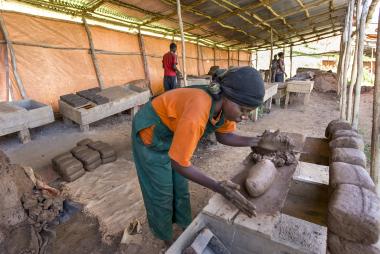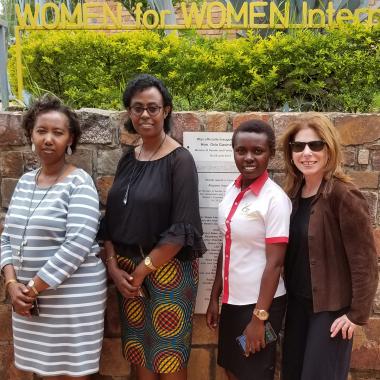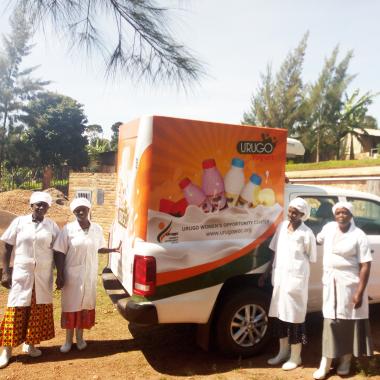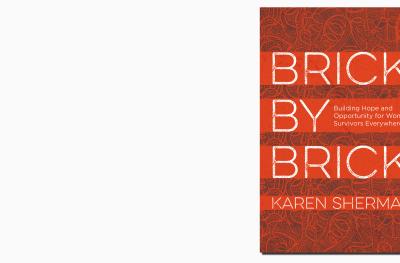Piles of rubble and heavy equipment sat fixed and unmoving next to several partially finished buildings. The future Women’s Opportunity Center still looked very much like a construction site. Not only were we running out of time and money, we were also facing a shortage of workers, who were protesting repeated late payments by refusing to come to the site. “Maybe if we agree to pay them every day,” said Edward, the construction firm’s unflappable project manager. “At least we can try,” he said.
It was 2012, and I’d moved to Rwanda with my three sons for a year to oversee construction of the first-of-its-kind Women’s Opportunity Center and run point on Women for Women International’s other operations in Africa. The project had gotten off to a late start after more than a year of bureaucratic delays and was already behind schedule for a planned June, 2013 opening.
A talented, New York City-based architect, Sharon Davis, had designed the center, which was being built with five hundred thousand fired clay bricks made by graduates of Women for Women’s signature program, several of whom were involved in the construction. Like the country itself, considered to be a leader in sustainability, the center boasted environmentally friendly features like rainwater harvesting, biogas cooking fuel, and solar power. Composting toilets would generate fertilizer for the on-site kitchen gardens and a nearby demonstration farm; organically-grown vegetables from both would be used for healthy cooking demonstrations and in the center’s restaurant. An eco-lodge, catering and event services were designed to generate income for the women and revenue for the center. In spite of the construction challenges, the project was a labor of love for all of us.
I had a chance to return to the Women’s Opportunity Center in November, 2019 to see how it is faring. “The center is their livelihoods, not just for women but for their families,” explained Joy Rwamwenge, the center’s executive director, as she toured me around the grounds, describing its dual focus on programs and commerce. “Most were living in poverty, but now they can sell, take their children to school, buy basic necessities, pay for health insurance.” Sixty-six women make a steady income through the center’s income-generating initiatives; hundreds more are earning periodically.
Women like Olive Nikunze, a thirty-nine-year-old mother of four who’d been working at the center for three years. Olive along with four other women is employed full-time by the center making delicious Urugo yogurt that is being sold throughout the region. They produce 400 liters per day, and the women are involved in all stages of production. “This job helps me to develop and develop my family,” said Olive.
Another woman, Francoise Bugenimana, earns her living through the center’s sewing facility, which makes clothes, uniforms, luggage tags and other products for the community. Francoise is the eldest in her family at age twenty-eight and has a primary school education. She was thrilled to land a job six months ago at the center.
The architects of the Women’s Opportunity Center would often talk about the process of building as “brick by brick,” but I always thought of it as “woman by woman.” Now in its sixth year of operation, the center, as envisioned, is helping women to rebuild their lives a brick at a time. “To me these women have been empowered economically and socially. They are now leaders in their communities,” said Joy. “My dream is to spread our wings, reach more women.”
---
Karen Sherman is the former COO and head of global programs at Women for Women International. She is now the president of Akilah Institute and the author of Brick by Brick: Building Hope and Opportunity for Women Survivors Everywhere, to be published in January, 2020.
